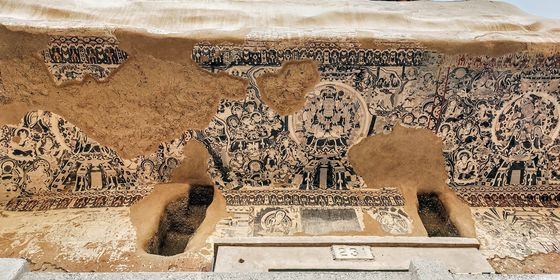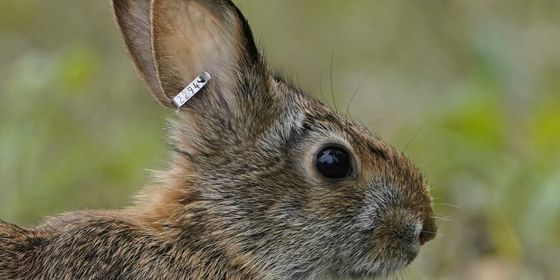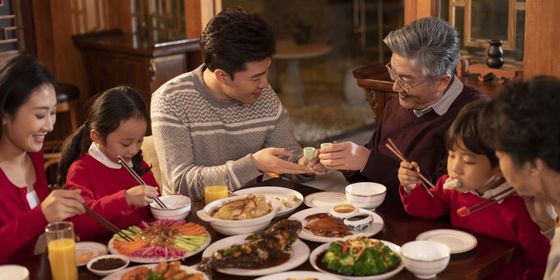Cozy up for winter in Dongbei with stewed goose in an iron wok
Making a snowman, having a snowball fight, snuggling up in bed, writing a poem…the question “What to do on the first snowy day of the winter” comes up every year on Q&A platform Zhihu, attracting a range of answers.
However, when it comes to what to eat on snowy days, the answer is unanimous—something piping-hot and steamy.
While many in China nominate hot pot as the ideal winter food, those from Dongbei (Northeast China), a geographic and cultural region usually encompassing Jilin, Liaoning, and Heilongjiang provinces, prefer tieguo dun (铁锅炖, “iron wok stew”). Like hot pot, it calls for assorted ingredients to be cooked together, but it is slow-cooked on low heat in an enormous wok rather than boiled in a pot of soup.
There are different stories about tieguo dun’s origin. Some date it back centuries ago to the early Manchu people, who survived by hunting and fishing in Dongbei and cooking whatever they had available to eat in a single pot they carried around as they migrated. Others associate it with Emperor Kangxi of the Manchu-ruled Qing dynasty, who was served this dish when he visited his ancestors’ home region in the 17th century.
Stewing is a popular cooking method in Dongbei for its efficient use of time and energy, as well as the rich flavors it produces. The hearty dish, usually consisting of chewy meat and soft vegetables, helps locals survive the freezing-cold winter with average temperatures of minus-20 degrees Celsius.
Traditionally cooked over firewood-heated earthen stoves, tieguo dun is now often served in a big wok on tables with a built-in gas or electricity stove. Rolls and corn pancakes can be cooked together with the stew, usually stuck along the sides of the wok as the meat and vegetables bubble below—a cooking style known as “a whole meal in one wok (一锅出).”
The best-known version of tieguo dun is 铁锅炖大鹅, or “goose stewed in iron wok”—along with potatoes, pickled cabbages, and other ingredients of the cook’s choice. The first snowy days of the year are considered the best time to tuck in. The authentic version calls for a free-range goose that has fed on fresh grass in the summer and been raised on wheat bran and corn grains indoors after the first snow has started to fall. Though a homemade version may not have the same hearty feel as tieguo dun served in restaurants and village homes in Dongbei, it is great comfort food, bubbling and steaming away while the world outside starts to turn chilly.
Steps:
- Chop the goose meat into pieces 5 cm long. Cook the meat in water until it starts boiling, then cook for another 10 minutes. Drain and set aside.
- Cut the spring onion into 3-4 cm segments. Slice the garlic and ginger, and each potato into 6 chunks.
- Heat the oil in a wok. Fry the spring onion segments, ginger and garlic slices, and dried red pepper until aromatic.
- Add the goose meat and fry evenly. Add soy sauce, cooking wine, sugar, and salt. Stir-fry evenly, and then pour in enough water to cover the meat.
- Cook over a high heat till the broth boils, and stew for 40 minutes over low heat.
- Stir in the potato chunks and stew for another 15 minutes.
- Ladle into bowls and serve.
Anything Goose in this Classic Northeast Chinese Dish is a story from our issue, “Sports for All.” To read the entire issue, become a subscriber and receive the full magazine.













